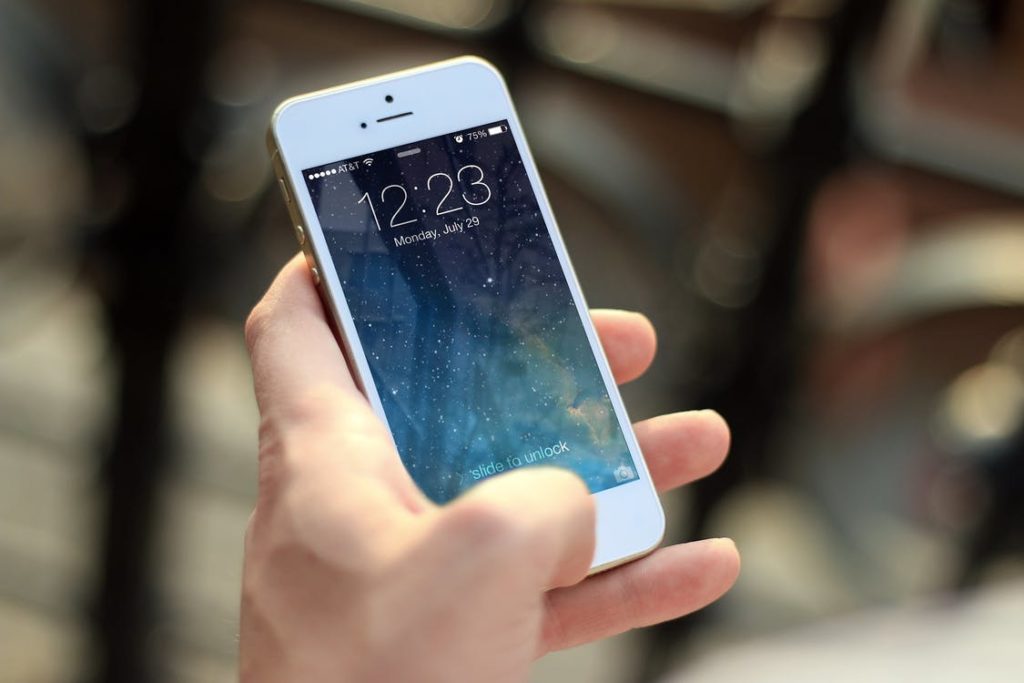
Whenever you watch an old episode of Star Trek, all crew members had an advanced form of communication: a small, hand-held device that they could use to keep in touch with everybody aboard the Enterprise. This technology was the stuff of dreams, only being available to humans once we had conquered the stars – at least to audiences of the time. Looking back, their devices were actually quite primitive to what we have now.
Today, we have these small, mobile devices that can process more information in a second than the computer that send men to the moon could manage in an hour, and yet they have become a normal part of our lives. Like with all modern technology, mobile phones have an incredibly humble start, and it is truly astounding just how far the telephone has come.
Where It All Began
The 1970s were a big turning point in the history of modern man. The 70s were where a lot of what we have today first started. Modern computers, video games, and of course, the cell phone.
The very first cell phone in existence was a massive device weighing in at 1.1 kg, and had a talk-time of just 30 minutes. This was also the phone that was used to make the first mobile call, being done by senior engineer at Motorola, Martin Cooper. He used the device to phone a rival company, just to tell them that he was calling them with a mobile phone.
This was merely a prototype, however, and the first commercial mobile phone was soon to follow in the form of the Motorola DynaTAC 8000X. Like its prototype, it had 30 minutes talk-time, and a standby time of up to ten hours. The phone could store 30 different numbers in its memory, and came with a price tag of over 2000 British pounds. These phones were designed for the rich businessmen of the world, and for the most part, the 8000X was simply too expensive for the average consumer.
1G to 3G
With the growth of mobile phones, people quickly realised that they needed some sort of wireless network in place in order for the phones to even work properly. This gave rise to the first of the cell phone towers; large, towering constructs that would begin peppering the landscapes across the world. With the networks set up, cellular phone technology began improving at an incredible rate.
As more types of phones were added to the market- some that flopped and some that were smash hits-, networks also began offering a faster type of connection in the form of 2G. This was the golden era of Nokia, and famous phones such as the Nokia 3310 could be found in every second person’s pocket. This was also the age of the first mobile downloads, where consumers were able to download songs without connecting to a modem.
3G, also known as mobile broadband, was the next step in evolution for the cell phone. From the late 1990s until today, 3G paved the way for an entirely new type of device to enter the market: the smartphone. In 2007, the first real smartphone was introduced to the world, the Apple iPhone, and it took the world by storm. This was followed by a real mobile revolution where everything from River Belle online casino to the local grocery store optimised their site for handheld devices.
Mobile Supercomputers
Ten years later, and we’d all have powerful miniature computers in our pockets that can do anything your average desktop computer can. Next time you unlock your powerful Samsung or Apple device, remember that it all started 40 years ago with a simple phone call.


